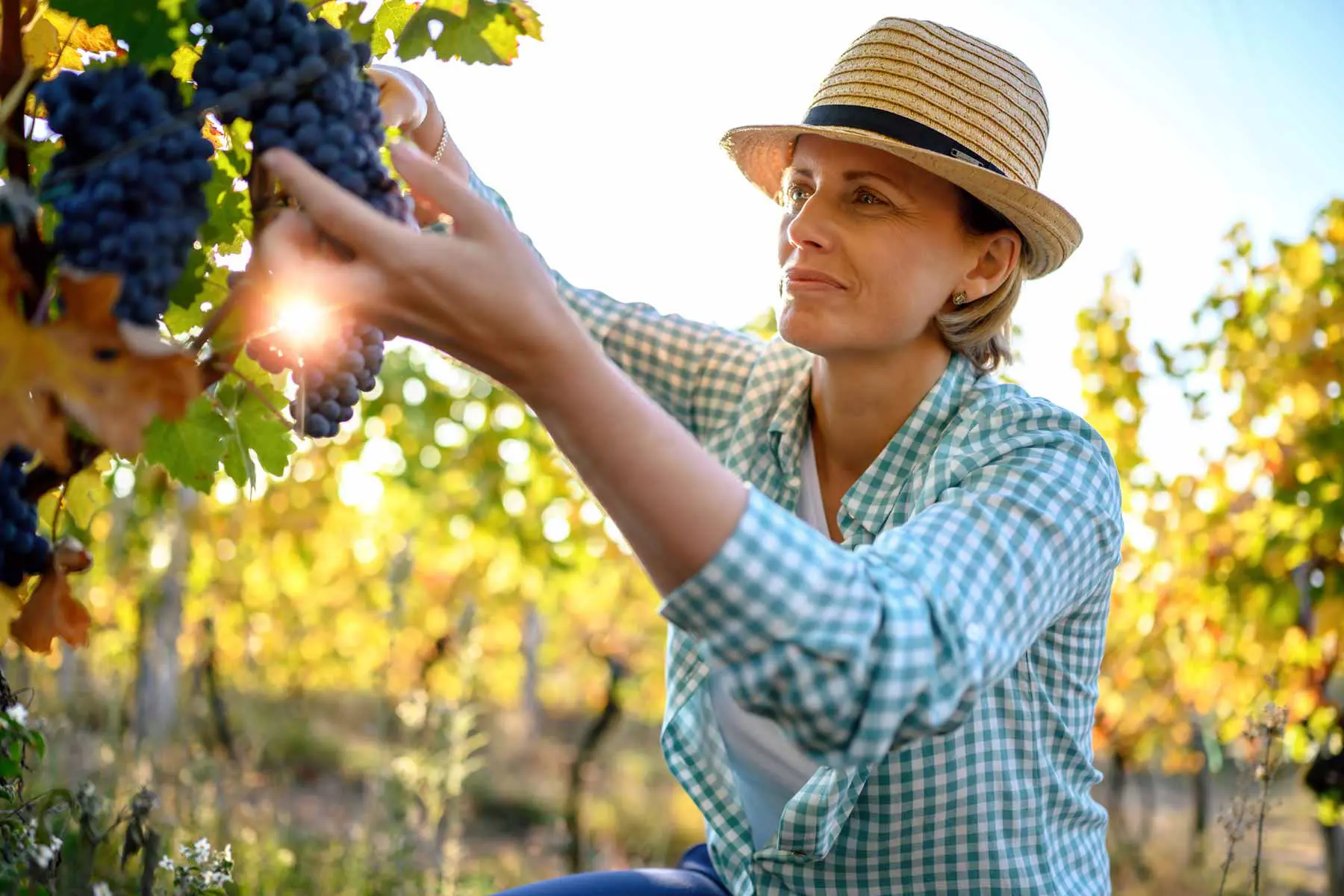The Growth of Natural Wine Segment
D o ğ a l Ş a r a p S e g m e n t i n i n B ü y ü m e s i
The Growth of the Natural Wine Segment: A Revolution in the Wine World
In recent years, a noticeable shift has occurred in the wine world. While traditional winemaking techniques continue to hold their place, overall wine consumption has seen a decline, yet the natural wine segment is experiencing rapid growth. This trend can be attributed to changing consumer tastes, environmental concerns, and the increasing demand for natural, unprocessed products. The rise in popularity of natural wines marks a revolution in the wine industry.
What is Natural Wine?
Natural wines are, in the simplest terms, wines produced with minimal intervention. In the vineyard, no chemical fertilizers or pesticides are used, and during the winemaking process, no sulfur or other additives are introduced. Common practices in conventional winemaking, such as filtering, pasteurization, and chemical stabilization, are absent in natural winemaking. Grapes are fermented with their own natural yeasts, and the wine is bottled in its purest form. This approach results in each natural wine being unique and distinctive.
Natural wines are often cloudy, unfiltered, and sometimes fizzy, but these characteristics represent their authenticity and natural state. A bottle of natural wine carries the essence of the land it comes from and the hands that crafted it, making each bottle a story of nature.
The Decline in Traditional Wine Segments
Over the past decade, the general wine market has witnessed a decline. Several factors contribute to this trend, including the aging wine consumer base and younger generations opting for alternatives like beer, non-alcoholic beverages, and cocktails. Additionally, growing health consciousness and the trend of avoiding sugary or chemically treated products have contributed to the overall drop in wine consumption.
Millennials and Gen Z consumers are shifting towards more conscious consumption habits, reducing demand for traditional wine products. However, despite this general downturn, natural wines have emerged as an exception, experiencing substantial growth. But why?
The Growth of the Natural Wine Segment
The rise of natural wines is not only drawing the attention of wine lovers but also appealing to environmentally-conscious consumers. The primary reasons behind this growth can be summarized as follows:
1. Increased Interest in Natural and Eco-Friendly Products
Consumers are no longer just interested in the product itself; they care about how it is produced. Natural wines are made without chemical interventions and are produced using sustainable farming practices. These wines are highly appealing to environmentally-conscious consumers, as they are created through processes that minimize environmental impact.
2. Health Consciousness
Natural wines are seen as a healthier alternative because they do not contain sulfites or additives. Sulfur, commonly used in conventional wines, can cause headaches or allergic reactions in some people. The absence of these chemicals in natural wines makes them an attractive option for health-conscious consumers.
3. Unique and Authentic Flavor Profiles
Natural wines offer a unique tasting experience, reflecting their terroir in the purest form. While conventional wines tend to provide consistent flavor profiles, natural wines can vary from bottle to bottle and vintage to vintage. This makes them exciting for curious consumers who enjoy the sense of discovery that comes with each tasting. The originality in flavor profiles has played a significant role in the growth of the natural wine segment.
4. Interest in Small Producers
Natural wines are often produced by small, boutique winemakers. These producers stay true to traditional winemaking methods and offer artisanal, handcrafted products. Consumers appreciate supporting small-scale winemakers and have the chance to explore authentic products that differ from mass-produced wines. This interest in local and small producers has fueled the demand for natural wines.
5. Social Media and Storytelling
Social media has played a huge role in the rise of natural wines. Platforms like Instagram, Twitter, and others have helped build a community around natural wine enthusiasts. Each bottle tells a story, and these stories are easily shared with large audiences through social media. Consumers can connect with the vineyards, winemaking processes, and the inspiring stories behind each natural wine producer. This creates a deeper connection and increases the appeal of natural wines.
The Future: Where Are Natural Wines Headed?
The rise of natural wines shows no signs of being just a passing trend. With increasing demand for natural products, environmental sustainability, and health-conscious preferences continuing to gain traction, the natural wine segment is expected to keep growing. Despite the decline in traditional wine segments, natural wines are carving out a strong place in the wine industry.
Natural wines have become more than just a drink; they represent a lifestyle. With their focus on natural production processes, eco-friendly approaches, and the unique tasting experiences they offer, natural wines will continue to captivate modern wine consumers.

Katerina Monroe
@katerinam • More Posts by Katerina
Congratulations on the award, it's well deserved! You guys definitely know what you're doing. Looking forward to my next visit to the winery!





















